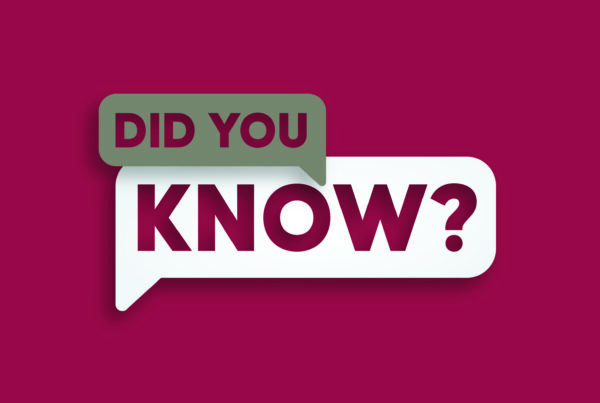As a homeowner, it’s natural to assume that flood damage is covered under your homeowners policy. There are cases in which this is correct, at least to some degree. If lightning strikes and causes water to pour through your roof, for example, that is typically covered by your existing policy. However, if torrential rains cause rising water to flood your basement, that is not covered by a traditional homeowners policy.
Homeowners who live in moderate- or low-risk areas may choose to forego flood insurance, but looking at the statistics, this may not be the best choice. According to the Federal Emergency Management Agency (FEMA), just an inch of water can cause up to $25,000 worth of damage to your home, and 20 percent of all flood claims are filed in low to moderate flood-risk areas.1,2
In this guide, we’ll review what you need to know and cover some basic tips for protecting your property from whatever Mother Nature may have in store.
Determining Your Flood Risk
You may be aware that you live in a high-risk, moderate-risk, or a low-risk flood area. But what do those terms actually mean?
High-Risk Areas
Living in a high-risk area means that there’s at least a one percent chance that the area you live in will flood every single year. That doesn’t sound like much, but it does mean that you—and your insurance—need to account for this. Over a long enough timeline, the unlikely becomes inevitable. Living in a high-risk area means flood insurance is required by your mortgage lender.2
Moderate- and Low-Risk Areas
Living in a moderate- to low-risk area means that there’s less chance of annual flooding. While flood insurance isn’t required, it is recommended.
Unknown Risk
In some areas, flood mapping hasn’t been conducted. Even though there isn’t any information, it’s still recommended that you obtain a flood insurance policy if you live in one of these areas to further protect your property.
How Do You Obtain Flood Insurance?
Flood insurance is provided through the National Flood Insurance Program (NFIP). While you can obtain coverage through your insurance agent, flood policies are backed by the federal government.
When you purchase a flood insurance policy, there is typically a 30-day waiting period before your coverage comes into effect. The notable exceptions to this rule are if you’ve added or modified your mortgage and your flood coverage is a part of your mortgage, or if you are modifying your existing flood insurance policy during a policy renewal.3
Much like other types of insurance, your flood insurance policy renews on an annual basis. If you cancel your policy, you will remain covered for 30 days after your policy expires. However, if you incur any losses during this time frame, they will only be covered if you pay and renew your flood policy before the 30-day grace period expires.
Flood Insurance for Homeowners
There are a few different types of flood insurance policies, depending on your needs.
As a homeowner, you’ll need a policy that covers your home and everything inside it. Commonly referred to as structure and belongings coverage, this type of coverage needs to be purchased separately and there are separate deductibles for each policy. Residential properties can be insured for up to $250,000 for the structure and belongings can be insured for up to $100,000. If you live in a low-risk flood area, ask your insurance agent if there are discounted insurance rates available to you.3
If you live outside of a high-risk flood area and want to purchase a flood insurance policy, the NFIP has a Preferred Risk Policy (PRP) that will combine your structure and belongings coverage into one policy. However, each type of coverage still has separate deductibles that must be met.
Flood Insurance for Businesses
Commercial flood insurance is much more extensive. Policies cover the building, equipment inside, inventory, and even your building’s foundation. Much like a homeowner’s policy, structure and belongings policies are purchased separately. You can insure your business for up to $500,000 for the building and up to $500,000 for the contents inside the building.3
What to Do Before a Flood
You can’t control when or how disaster will strike, but you can take preemptive measures that will help you prepare long before floodwaters reach your door.
While you can’t control the weather, you can help protect your home and belongings with the right flood insurance policy. Flood insurance is a federally backed program that covers what your homeowners policy does not. Talk to your insurance agent today to make sure that you have this important coverage in place, long before disaster strikes.
1 FloodSmart.gov, 2022
2 FEMA.gov, 2022
3 NationalFloodInsurance.org, 2022




